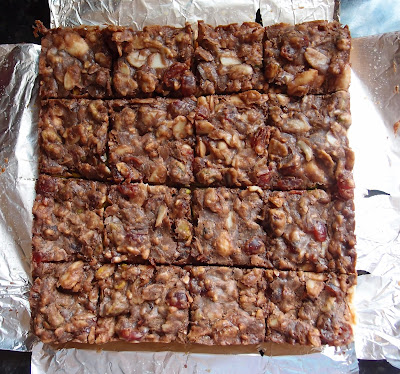Today
is my birthday but, as I’ve been really busy the last few days (lunches,
cocktails, even the opera daaaaaaahling), I find myself in the position of
having precisely zero birthday cakes. I know!!! I will rectify this shameful situation
when I have time (an interesting ginger concoction has caught my eye) but for
now all I really fancied was a steamed sponge pudding.
Whenever
I post a steamed sponge I get requests for a step by step in pictures. My
method is considered old fashioned now, in that I place a steamer above a pan
of simmering water; the modern method seems to be to place an upturned bowl or
saucer in the bottom of the pan containing the water to elevate the
pudding. This is not the way I do it but, if you’re interested, the BBC
Goodfood website has two tutorials:
I have metal pudding bowls with clip on lids. I bought them from Amazon almost 10 years ago and find them so much less faff than glass pyrex dishes where you have to make a pleated lid out of baking paper and foil, and then tie it up with string making a handle at the same time. I have never been dextrous with knots. The second tutorial link above covers the paper and string method. (NB. Amazon don’t seem to stock them anymore but they do have a different range of lidded pudding basins if you search the site)
Compared to making a sponge mix, spooning it into a cake tin and baking in the oven for 30 minutes or so steaming could look like a lot of time and effort but please, please, please give it a try. Firstly, it’s no more time to prep the pudding for steaming than it is a cake for the oven, and while the cooking time is a lot longer you don’t really need to do anything during that time. Nothing that comes out of the oven will ever match a steamed sponge in terms of lightness. It’s like eating spongey air.
I grease my pudding bowl and place the jam in the bottom:
Spoon in the batter:
Clip on the lid. Place in the steamer, over a pan of simmering water:
Leave for 1.5 – 2 hours. It’s not precise like a baking time and the pudding won’t suffer for being left to steam longer than actually needed to cook it so don’t feel pressured by the cooking time or guess when it’s ready. I always give it two hours.
Turn out and enjoy!
NB. Do not adjust your monitor – I did serve rather large portions. In my defence it was my birthday and freezing cold; I feel either of these facts alone would excuse me but - together - form a rock solid argument. A pudding this size will serve 6 people easily....just because I cut it into quarters doesn’t mean you have to!
Ingredients
4 tablespoons jam – whichever flavour you prefer
115g unsalted butter, at room temperature
115g caster sugar
2 eggs
115g self raising flour
1-2 tablespoons milk
115g caster sugar
2 eggs
115g self raising flour
1-2 tablespoons milk
To serve: custard
Method
Place a large saucepan on the hob and fill 3/4s
with water – test that the steamer basket will not touch the water. Bring
the water to a gentle simmer while you are making the pudding.
Grease, with butter, an 850ml pudding bowl (either
metal, ceramic or heatproof glass). If it has a lid, grease that too.
Spoon the jam into the bottom of the pudding bowl.
Now make the sponge: beat together the butter and
sugar until light and whippy.
Beat in the eggs one at a time.
Stir in the flour.
Beat in enough milk to ensure a light dropping
consistency.
Spoon into the pudding bowl and level the surface.
Clip on the lid or, if your bowl doesn’t have a
lid, cover the bowl with a piece of baking paper and a piece of foil, pleated
across the middle to allow for expansion. If you are using the paper/foil
option tie string around the bowl to keep it in place and then loop the string
over the top to make a handle, which will help you lift the pudding out of the
steamer.
Place the steamer basket over the pan of simmering
water.
Place the pudding bowl in the steamer basket and
place the lid on top to ensure the pudding is enclosed in it’s own personal
sauna!
Leave to steam for anywhere between 1.5-2 hours; I
always leave it for two hours.
The water level may need topping up after the first
hour – it depends on the size of the saucepan. Simply boil a kettle of
water and then lift the steamer basket off of the pan, top up the water lever,
and replace the steamer basket – this will not hurt your pudding at all.
Run a knife around the edge of the pudding and turn out onto a plate.
Serve with custard.
Wrap any left over pudding in foil and enjoy the
next day – it reheats like a dream in either the oven or the microwave.
Bask in the glory of the wonderful thing you have
created.
Eat.































